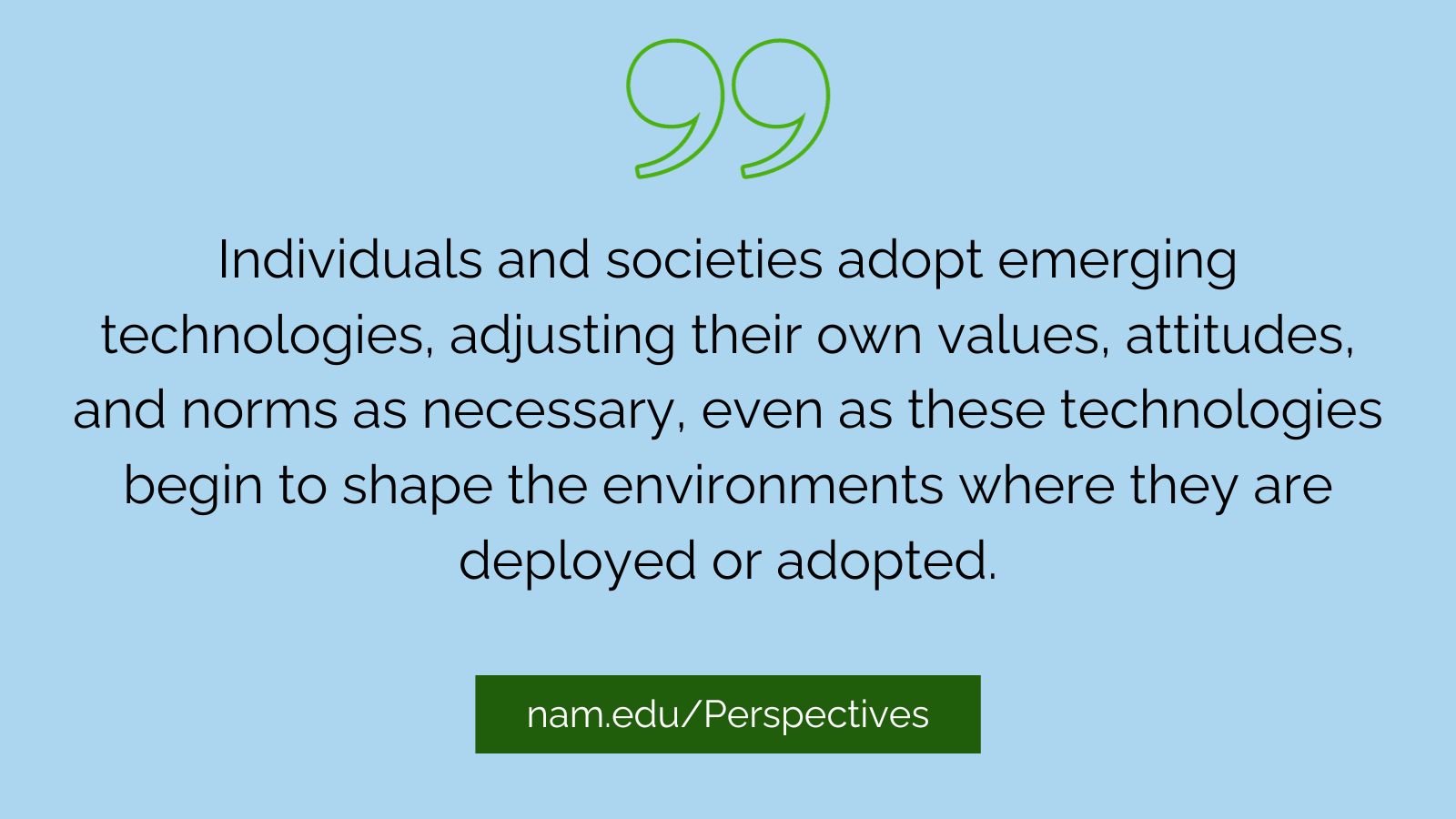Table of Contents

[/image][=video]
[/video]
There are lots of sorts of stem cells. As a whole, the term stem cell describes a classification of cells that trigger other cells (like skin, blood, heart, and muscular tissue cells) by replicating and separating in feedback to chemical cues. Totipotent stem cells appear at the earliest stage of growth and are the only stem cells which can generate beginning stem cells and the placenta.
Bone marrow transplant (BMT) is a special treatment for people with certain cancers or other conditions. A bone marrow transplant includes taking cells that are generally located in the bone marrow (stem cells), filtering those cells, and offering them back either to the benefactor (client) or to one more individual. The goal of BMT is to transfuse healthy bone marrow cells into a person after his or her very own undesirable bone marrow has actually been treated to kill the irregular cells.
The blood cells that make various other blood cells are called stem cells. The most primitive of the stem cells is called the pluripotent stem cell.
It is the stem cells that are needed in bone marrow transplant. The objective of a bone marrow transplant is to heal lots of illness and kinds of cancer. When the doses of chemotherapy or radiation required to treat a cancer cells are so high that an individual's bone marrow stem cells will certainly be completely damaged or destroyed by the therapy, a bone marrow transplant might be needed.
Stem Cell Therapy in Troy, Michigan
This process is often called rescue. Replace bone marrow with genetically healthy and balanced working bone marrow to avoid more damages from a hereditary condition procedure (such as Hurler's syndrome and adrenoleukodystrophy). The dangers and benefits have to be evaluated in a thorough discussion with your medical care service provider and specialists in bone marrow transplants prior to the treatment.
There are various kinds of bone marrow transplants relying on that the benefactor is. The various kinds of BMT include the following: The donor is the individual himself or herself. Stem cells are drawn from the client either by bone marrow harvest or apheresis (a procedure of accumulating peripheral blood stem cells), frozen, and afterwards provided back to the individual after extensive treatment.
The contributor shares the same genetic kind as the client. Stem cells are taken either by bone marrow harvest or apheresis from a genetically matched benefactor, usually a brother or sister. Various other benefactors for allogeneic bone marrow transplants might include the following: A haploid-identical match is when the contributor is a moms and dad and the genetic match is at least half similar to the recipient.

Matching entails typing human leukocyte antigen (HLA) tissue. The antigens on the surface of these special leukocyte determine the hereditary make-up of a person's body immune system. There are at the very least 100 HLA antigens; however, it is thought that there are a few major antigens that establish whether a benefactor and recipient match.
Medical research is still investigating the role all antigens play in the procedure of a bone marrow transplant. The more antigens that match, the better the engraftment of donated marrow. Engraftment of the stem cells happens when the contributed cells make their method to the marrow and start making new members cells.
Menopause Treatment
All people interact to provide the very best possibility for an effective transplant. The group contains the following: Healthcare service providers who specialize in oncology, hematology, immunology, and bone marrow transplantation. A registered nurse who organizes all aspects of care offered prior to and after the transplant. The registered nurse coordinator will certainly give patient education, and collaborates the diagnostic screening and follow-up treatment.
Specialists who will certainly assist you fulfill your nutritional demands before and after the transplant. They will certainly work carefully with you and your family. Professionals who will assist you end up being strong and independent with movement and endurance after the transplantation. Pastors who give spiritual treatment and support. Several various other group members will certainly evaluate you prior to transplantation and will offer follow-up care as needed.

A total case history and physical examination are performed, consisting of several tests to examine the patient's blood and body organ functions (as an example, heart, kidney, liver, and lungs). A person will certainly usually enter into the transplant center as much as 10 days prior to transplant for hydration, evaluation, positioning of the main venous line, and other prep work.
For an allogeneic transplant, a suitable (cells entered and matched) contributor must be available. Volunteer marrow donors are registered in numerous national and international pc registries.
Contributor resources offered consist of: self, brother or sister, parent or relative, nonrelated individual, or umbilical cord from a related or nonrelated person. There are national and international pc registries for nonrelated individuals and cable blood. Some member of the family may be keyed in since of the wish to aid. These family members may or may not elect to have their type signed up for usage with various other recipients.
Regenerative Therapy
Examinations connected to his or her wellness, exposure to viruses, and genetic analysis will certainly be done to figure out the extent of the suit. The benefactor will certainly be offered guidelines on just how a bone marrow donation will certainly be made. As soon as a suit for an individual requiring a bone marrow transplant is found, after that stem cells will be gathered either by a bone marrow harvest.
Or by a peripheral blood stem cell collection. This is where stem cells are collected from the flowing cells in the blood. Of both, outer blood stem cell contributions are currently a lot more typical. Cord blood has actually already been accumulated at the time of a birth and saved for later use.
Navigation
Latest Posts
Menopause Therapy
Menopause Treatment local to Troy
Medical Group